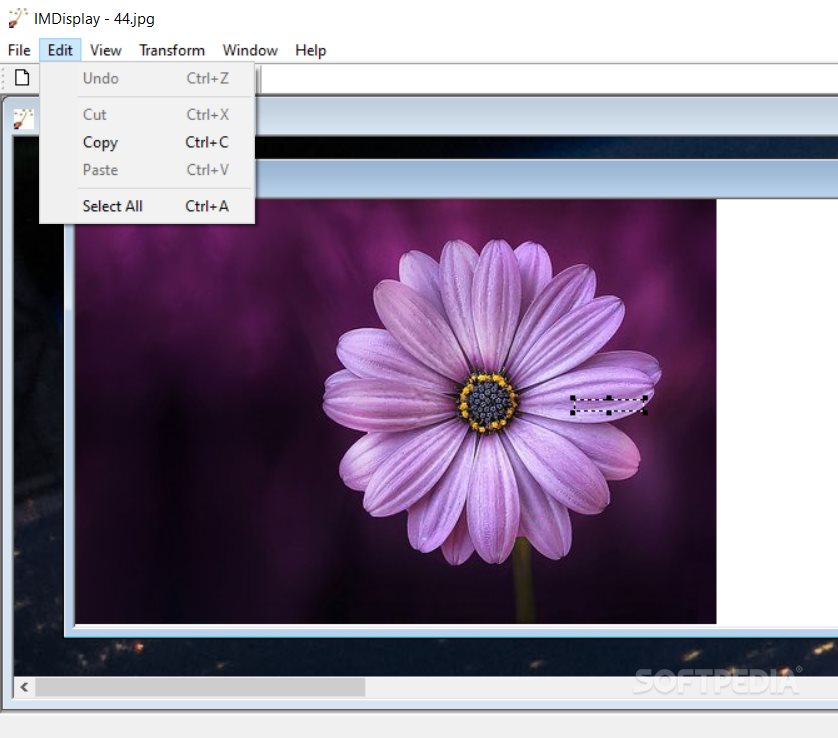

- #Convert files using imagemagic movie
- #Convert files using imagemagic pdf
- #Convert files using imagemagic software
- #Convert files using imagemagic series


If it’s not working for you, check out the animated GIF below. NOTE: The video is not displaying for some OS/browser combinations. You can also use ffmpeg directly: ffmpeg -f gif -i slides.gif slides.mp4Įither way, you should end up with a video like the following: Here, we specified an MP4, but other output formats are supported.įfmpeg in the background to make the video, so you The PNG images: convert -layers OptimizePlus -delay 75 slide-0?.png slide-1.png -delay 300 slide-1.png slides.mp4
#Convert files using imagemagic movie
We can use the same command (minus the loop option) to create a movie out of Setting it to zero will cause the GIF to repeat indefinitely. The -loop option specifies the number of times the GIF animation should The options in the command above specify to spend 3/4 of a second on the firstġ5 slides, and then 3 seconds on the last three slides. The -delay option specifies the number of ticks (the default rate is 100 The final output to reduce the animated file size. I have no idea how the -layers OptimizePlus option works, but it optimizes Next, we can convert the PNGs into an animated GIF: convert -layers OptimizePlus -delay 75 slide-0?.png slide-1.png -delay 300 slide-1.png -loop 0 slides.gif Want the slides to be named slide-00.png, slide-01.png, slide-02.png, Lastly, the slide-%02d.png syntax in the output file name specifies that I To further reduce file size, I specified 8-bit PNG files using the PNG8: Here I use the symbol to specify the area in pixels This option is very flexible in the arguments it can The -resize option determines the size of the output PNG. Use this option a lot to reduce the file size of images for the web. The -strip option removes any comments or profiles from the output images I The -density option determines the resolution (in dots per inch) at which PNG files: convert -density 600 slides.pdf -strip -resize PNG8:slide-%02d.png My first step was to use the convert tool to convert the slides into separate
#Convert files using imagemagic pdf
If you want to follow along, create a directory and download the PDF slides: mkdir fun-with-im I wanted to document how I did this for my own memory, and in case someone else
#Convert files using imagemagic series
GUI-based image editor was converting a series of PDF slides into an animation One recent task for which it spared me from having to resort to using a Successfully to script solutions for many of my image-editing needs. I should preface this post by declaring that I am not an expert on the use of La_result = oMagick.Provide several command-line tools capable of meeting all your imageĮditing/conversion needs, there are also APIs for over a dozen languages, Li_rc = oMagick.ConnectToNewObject(“ImageMagickObject.MagickImage”)

Ls_destfile = “C:\PBSource\PB105\ImageMagick\Totoro.png” Ls_origfile = “C:\PBSource\PB105\ImageMagick\Totoro.jpg” Here is an example that converts a JPG file to PNG: The images are tiled on the composite image optionally adorned with a border, frame, image name, and more. Montage: Creates a composite image by combining several separate images. Mogrify overwrites the original image file, whereas, convert writes to a different image file. Mogrify: Resizes the image and other actions such as blur, crop, despeckle, and much more. Identify: Describes the format and characteristics of image files. There are several commands that are supported by the COM interface.Ĭompare: Compares two image files and returns information about the differences.Ĭomposite: Overlaps one image over another resulting in a third image file.Ĭonvert: Converts between image formats as well as resizing the image and other actions such as blur, crop, despeckle, and much more. The command documentation for ImageMagick can be found here: I chose the Win32 installer because it offers a higher resolution than the Win64 Dynamic installer. You must use one of the installers with the word “dynamic” in the description. You can download the installer from here: It can be used from the command line or as a COM object using PowerBuilder’s OLEObject functionality.
#Convert files using imagemagic software
ImageMagick is a free open-source software package that allows you to convert image files between formats, resize images and perform other functions.


 0 kommentar(er)
0 kommentar(er)
